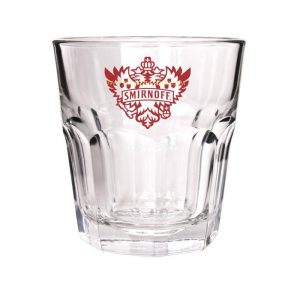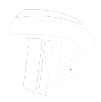1. Whiteness: no obvious color is required for the exposed glass.
2. Bubbles: a certain number of bubbles of a certain width and length are allowed, but those that can be pierced by a steel needle are not allowed.
3. Transparent pimple: refers to the glass body with uneven melting, not more than one with a length of not more than 1.0mm for a glass with a capacity of less than 142l; not more than one with a length of not more than 1.5mm for a glass with a capacity of 142-284ml, and not more than one with a transparency pimple of 1 / 3 of the glass body.
4. Miscellaneous particles: refers to opaque granular sundries, with length no more than 0.5mm and no more than 1.
5. Cup mouth roundness: it means that the cup mouth is not round, and the difference between the maximum diameter and the minimum diameter is not more than 0.7 ~ 1.0mm.6. Stripes: no visible ones are allowed if the distance is 300 mm.
7. Cup height deviation (cup height deviation): the height difference between the highest and the lowest part of a cup body shall not be greater than 1.0 ~ 1.5mm.
8. Thickness difference of cup mouth: no more than 0.5 ~ 0.8mm
9. Shear mark: refers to stripe or centipede shaped shear mark, with length no more than 20 ~ 25mm, width no more than 2.0mm no more than 1, over the bottom of the cup, or white and shiny, no more than 3mm.
10. Impression: the cup body has the hidden impression of the record pattern, and it is not allowed for the cup body with obvious head up view.
11. Suction of cup body: it refers to that the cup body is uneven, and it is not allowed to have obvious flat vision.
12. Scuffing and abrading: scuffing refers to the friction between the diameter of the glass cup and the diameter of the glass cup, leaving a tarnish mark on the body of the cup, which is obviously not allowed. Bruise refers to the collision between glasses, and the scars left on the surface of the cup body. No bright ones are allowed.



